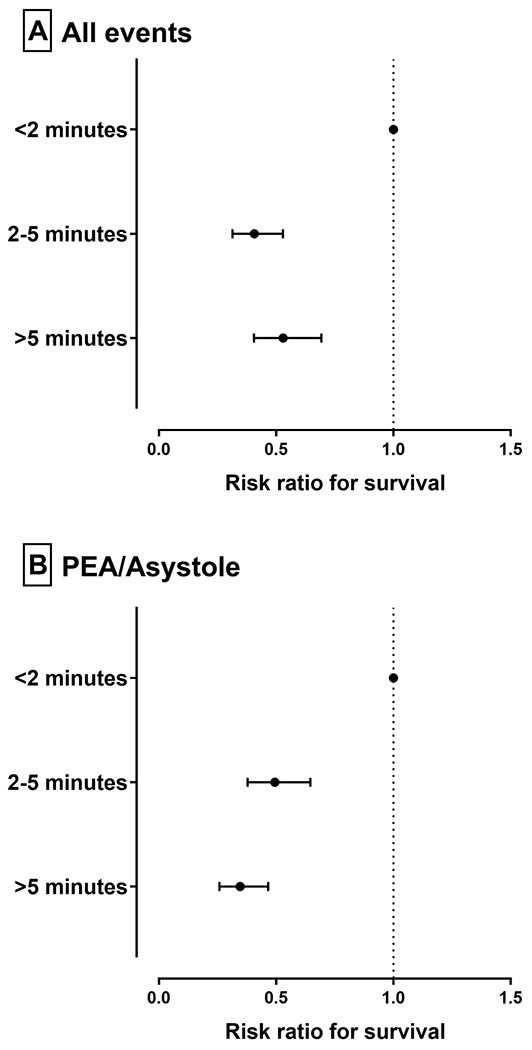Figure 2. Time to pulselessness and survival to discharge.

In bradycardia with subsequent pulselessness, risk-adjusted rates for survival to discharge were lower among those with time between cardiopulmonary resuscitation (CPR) imitation to pulselessness >2 minutes, for (A) all events, and for (B) events with subsequent non-shockable pulseless rhythms of pulseless electrical activity (PEA) and/or asystole.
